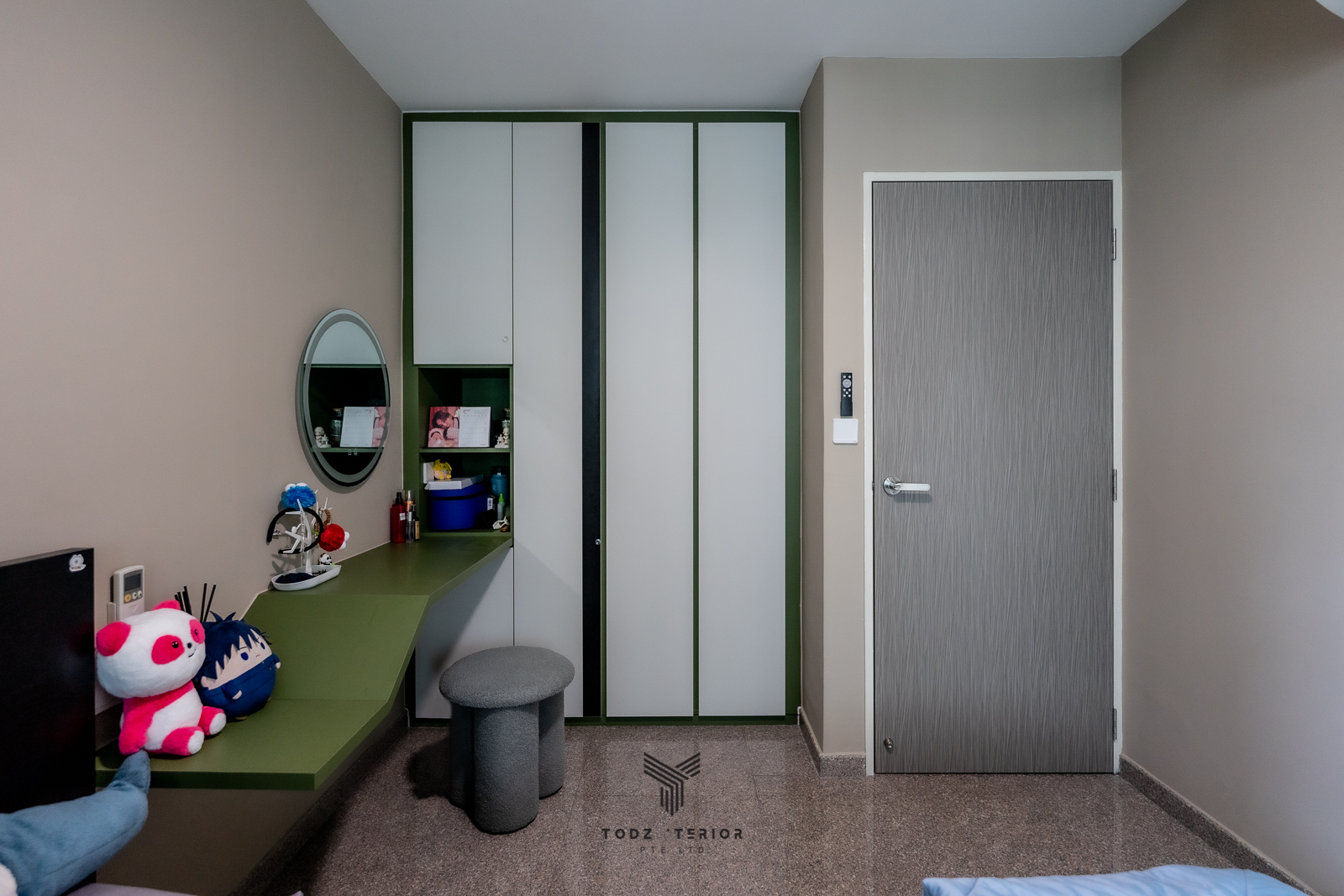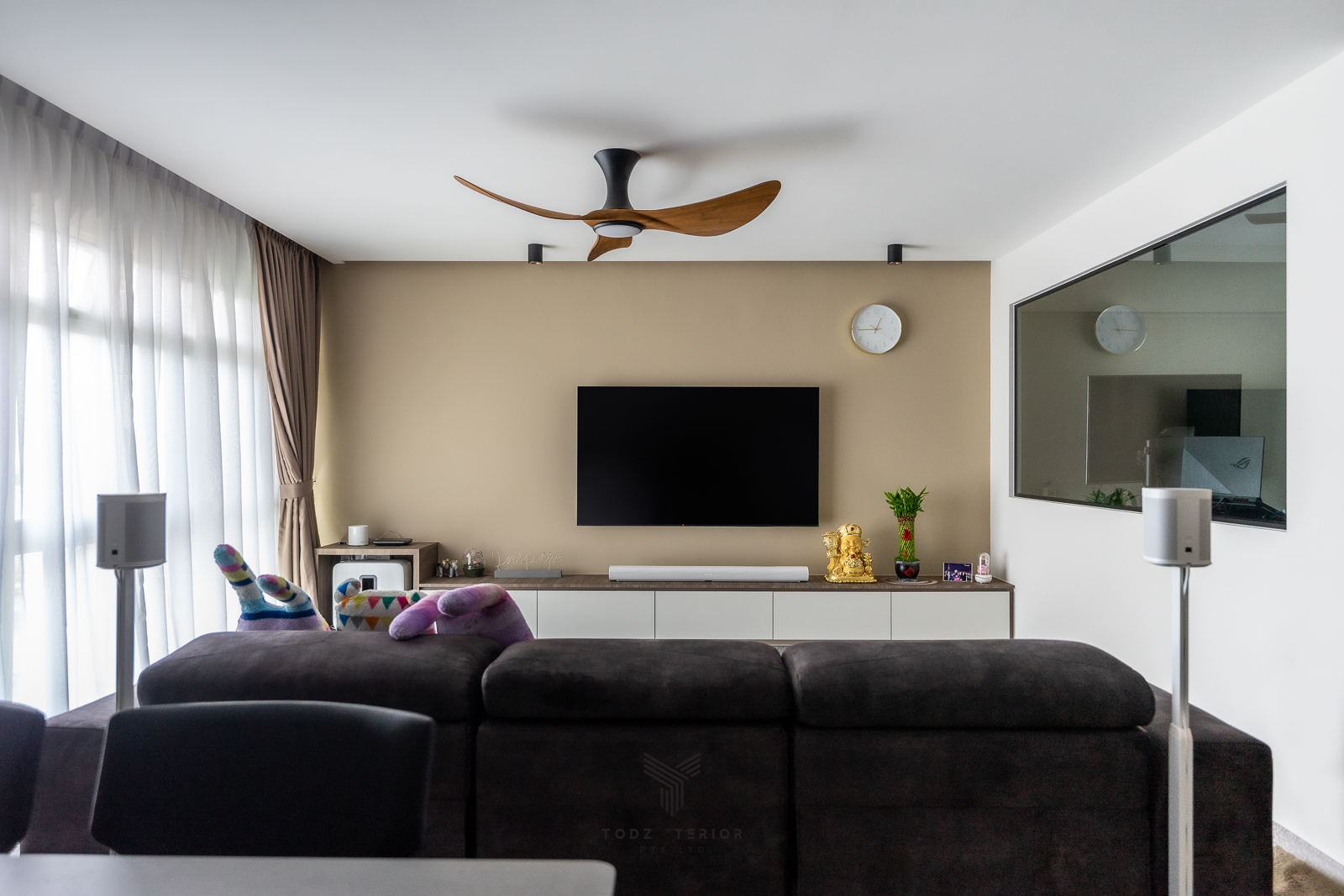Sustainability is a buzzword that has gained immense popularity in recent years. With the ongoing climate crisis, businesses are increasingly focusing on creating a sustainable environment. One such area that has gained significant attention is commercial interior design. Sustainable commercial interior design is not just a trend but a responsibility towards the planet. It involves incorporating eco-friendly practices and materials into commercial spaces, promoting energy efficiency and reducing the carbon footprint.
In This Article
ToggleIn this article, we will explore the key principles and practices of sustainable commercial interior design and how they can benefit businesses and the environment.

Key principles of sustainable commercial interior design
Sustainable commercial interior design focuses on creating spaces that are environmentally responsible, socially equitable, and economically viable. Here are some key principles of sustainable commercial interior design:
- Use of eco-friendly materials and products: Sustainable commercial interior design prioritizes the use of materials and products that have a reduced environmental impact. This includes materials that are non-toxic, responsibly sourced, and made from renewable resources.
- Energy efficiency: Sustainable commercial interior design incorporates energy-efficient lighting, heating, and cooling systems. This includes the use of natural light, energy-efficient light bulbs, and HVAC systems that are designed to minimize energy consumption.
- Waste reduction and management: Sustainable commercial interior design focuses on reducing waste throughout the design and construction process. This includes the use of materials that can be recycled or reused, as well as strategies for managing waste during the construction process.
- Water conservation: Sustainable commercial interior design incorporates strategies for conserving water, such as the use of low-flow plumbing fixtures and water-efficient landscaping.
- Indoor air quality: Sustainable commercial interior design prioritizes the health and well-being of occupants by ensuring that indoor air quality is healthy and free from pollutants. This includes the use of materials and products that do not emit harmful toxins or pollutants into the air.

Sustainable design practices for commercial interior design
Sustainable design practices are essential for reducing the environmental impact of commercial interior design. Here are some sustainable design practices for commercial interior design:
- Incorporating natural light and ventilation: The use of natural light and ventilation can reduce the need for artificial lighting and HVAC systems, which can save energy and reduce operating costs.
- Proper selection and placement of lighting fixtures: The selection and placement of lighting fixtures can have a significant impact on energy consumption. The use of energy-efficient lighting fixtures, such as LED bulbs, can reduce energy consumption and operating costs.
- Use of recycled and upcycled materials: The use of recycled and upcycled materials can reduce the amount of waste that is sent to landfills and reduce the need for new materials to be produced.
- Implementation of sustainable landscaping and green roofs: Sustainable landscaping and green roofs can reduce the heat island effect and improve air quality, while also providing insulation and reducing energy consumption.
- Use of renewable energy sources: The use of renewable energy sources, such as solar and wind power, can reduce reliance on fossil fuels and reduce greenhouse gas emissions.
- Proper waste management and recycling practices: Proper waste management and recycling practices can reduce the amount of waste that is sent to landfills and promote the reuse and recycling of materials.
Benefits of sustainable commercial interior design
Sustainable commercial interior design has many benefits, not only for the environment but also for the economy and the health and well-being of occupants. Here are some of the benefits of sustainable commercial interior design:
Environmental benefits
- Reduced carbon footprint and greenhouse gas emissions
- Conservation of natural resources
- Reduced waste and landfill usage
Economic benefits
- Lower operating costs due to reduced energy consumption
- Increased property value due to sustainability features
- Potential for tax credits and incentives
Health and wellness benefits
- Improved indoor air quality
- Increased natural light and ventilation
- Use of non-toxic, eco-friendly materials can reduce exposure to harmful chemicals
Case studies/examples of sustainable commercial interior design
Singapore is known for its commitment to sustainable design and has many notable examples of sustainable commercial interior design. Here are some case studies/examples:
Khoo Teck Puat Hospital
- The hospital features natural ventilation systems and green roofs, reducing energy consumption and improving air quality.
- The use of natural light and color schemes based on nature create a calming and healing environment.
StarHub Green
- The office building features a rainwater harvesting system and solar panels, reducing water and energy consumption.
- The use of recycled and eco-friendly materials throughout the building reduces waste and promotes sustainability.
Parkroyal on Pickering
- The hotel features a sky garden and a rainwater harvesting system, reducing energy consumption and improving air quality.
- The use of natural light and greenery throughout the hotel creates a calming and relaxing environment for guests.
Oasia Hotel Downtown
- The hotel features a vertical garden and a rainwater harvesting system, reducing energy consumption and promoting sustainability.
- The use of natural light and ventilation throughout the hotel creates a healthy and comfortable environment for guests.
These examples showcase how sustainable design practices can be incorporated into commercial spaces to create not only environmentally responsible but also aesthetically pleasing and functional spaces.

What we have learnt
Sustainable commercial interior design is becoming increasingly essential for businesses to thrive in the long run. By prioritizing eco-friendly and socially responsible practices, businesses can reduce their environmental impact, promote healthier workspaces, and enhance their reputation among consumers. From choosing sustainable materials to implementing energy-efficient lighting systems, there are numerous ways businesses can incorporate sustainability into their interior design practices.
By adopting these principles and practices, businesses can create spaces that benefit both the planet and their bottom line.
Renovate with Todzterior!
We’re here to help you get started with Smart Home solutions.
Todzterior is the only company whose mission is to make homes “Smart.” In other words, our Smart Home solutions are built to help make your life easier. The possibilities for the future of the smart home are endless. You’ve come to the right place. We’re here to help you get started with Smart Home solutions and ensure you with smart quality and reliability.
Don’t hesitate to find out more about us. Call us here or visit our showroom at 7 Gambas Crescent #01-03 Ark@Gambas Singapore 757087.

Frequently asked Question
1) What is sustainable commercial interior design?
A: Sustainable commercial interior design refers to designing commercial spaces that prioritize the use of environmentally friendly materials and practices. The goal is to minimize negative impacts on the environment while creating a healthy, productive workspace.
2) Why is sustainable commercial interior design important?
A: Sustainable commercial interior design is important because it can reduce the environmental impact of commercial spaces, improve indoor air quality, and promote the health and well-being of employees. It can also enhance the reputation of a business by demonstrating a commitment to sustainability.
3) What are some key principles of sustainable commercial interior design?
A: Some key principles of sustainable commercial interior design include using eco-friendly materials, reducing energy consumption, minimizing waste, and promoting the use of natural light and ventilation.
4) What are some eco-friendly materials used in sustainable commercial interior design?
A: Eco-friendly materials used in sustainable commercial interior design include bamboo, reclaimed wood, recycled glass, and low-VOC paints and adhesives. These materials are sustainable because they are either renewable, recycled, or have low chemical emissions.
5) What are some sustainable practices that can be incorporated into commercial interior design?
A: Some sustainable practices that can be incorporated into commercial interior design include using energy-efficient lighting, installing water-saving fixtures, implementing a recycling program, and using renewable energy sources such as solar power.
